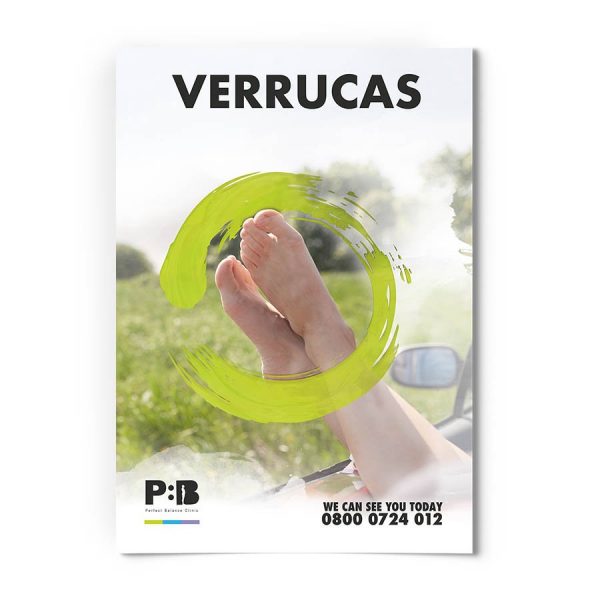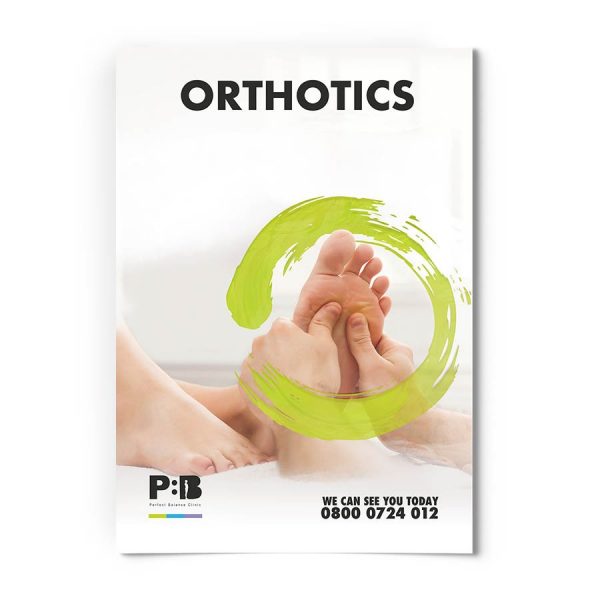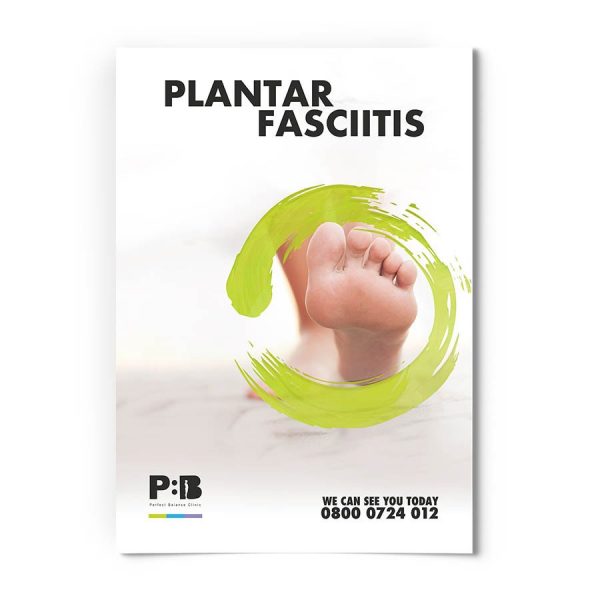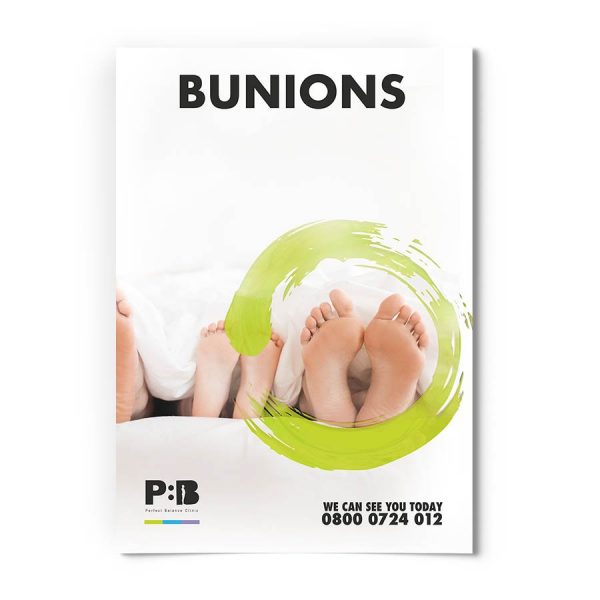What are Verrucas?
Verrucas are warts on the sole of the foot and are also known as plantar warts. They are small growths caused by certain strains of the Human Papilloma Virus (HPV). This is a contagious virus that is commonly picked up from damp surfaces, like around swimming pools or communal changing rooms and showers. When skin is dry it is a very effective barrier against bacteria or viruses, but when the skin is wet and wrinkly or if there is a break in the skin like a cut or graze then it is not as effective, this is when you are most likely to pick up or pass on the virus. Historically verrucas were most prevalent in children but now with the dramatic increase in gym culture, adults are just as prone to this virus.
Often verrucas cause no discomfort at all, but because of their location under the foot, the weight of your body forces them to grow back into the skin causing compression of your healthy skin below, this is the most common cause of verruca pain.
How do I know if I have a verruca?
There are many strains of HPV and each one produces a different type of verruca. These range from a small solitary lesion to a large area covered in mosaic style verrucas. They are typically small round lesions with a rough surface and small red or black spots. These spots are blood vessels and when the verruca is squeezed or knocked it can cause some bleeding – this is normal. If you are uncertain about any lesions on the foot it is always best to seek professional advice from your GP, podiatrist or chiropodist.
How are verrucas treated?
Some verrucas will clear up by themselves, but it is recommended to seek treatment from a podiatrist or chiropodist if they are painful, persistent, or are not responding to over-the-counter remedies. If they don’t cause any problems and are left untreated, evidence has shown that 40-50% will resolve themselves within two years in children as they typically have very active immune systems. In adults, the process usually takes longer as their immune system is not as active.
Over-the-counter products and Cryotherapy
Over-the-counter products commonly contain an acid called Salicylic Acid at no more than 24% strength. This acid has the most evidence supporting its efficacy in the treatment of verrucas. It softens the overlying hard skin and causes a localised immune response. It is suggested that this method of treatment is only effective when used daily for 3 months. Over-the-counter cryotherapy products however lack appropriate evidence to support their use in the treatment of verrucas. Cryotherapy within a clinical setting typically uses liquid nitrogen and is colder than the freezing agents found in over-the-counter medications, but it can be painful when treating verrucas and only carries a success rate of 63%.
Clinical Applications
Clinical treatment of verrucas is varied between clinic to clinic, as previously explained most evidence supports the use of salicylic acid, over-the-counter products contain this in low strengths, clinically podiatrists have access to strengths up to 70% which are a more effective treatment. Podiatrists also have access to multiple topical products such as monochloroacetic acid and trichloroacetic acid; these products are very effective for plantar warts as they reduce the risk of developing scar tissue and they can be applied to such a small area that they will minimise the risk of damaging healthy skin.
Electrosurgical Excision
Cutting away a verruca should only be used as a last resort for the most persistent verrucas or if a patient suffers from immunodeficiency. Using electrosurgical equipment the verruca is cut out of the foot alongside surrounding skin and tissue that may contain the virus. In some cases, this is very effective, but it is not unusual for the old verruca site to fill in with scar tissue which can end up equally as uncomfortable as the original verruca or it doesn’t remove the virus totally and the verruca can come back. Such treatments can be uncomfortable but are generally effective, although a procedure may need to be carried out more than once to remove all trace of the verruca.
Old Wives Tales and Out-dated Treatments
The National Institute for Health and Care Excellence(NICE) has produced guidelines for the treatment of verrucas and warts. As described above they recommend a number of topical solutions to treat this virus. The two treatment modalities they explicitly do not recommend are occlusion using duct tape or banana skins or the use of silver nitrate as there is no reputable evidence supporting either as an effective treatment. However many NHS trusts still only offer these two out-dated treatment modalities.
How long will treatment take?
Most treatments will take an average of 8-12 weeks to resolve the virus however persistent verrucas or long-standing verrucas may take slightly longer but this differs from person to person. Once resolved the virus is gone and you now possess the antibodies to fight that virus in the future. This does not mean that you cannot get re-infected, but it does mean that if you do, the treatment process should be a lot faster.
What can you do to help yourself if you have a verruca?
Flip-flops are a very good cost-effective way to avoid catching verrucas from around the pool and in communal changing rooms and showers. But there is also a new product by Excilor on the market brought out in 2016 that supposedly provides 8 hours of waterproof protection against verrucas and can be bought on Amazon.
If you have a verruca, the NHS website recommends you to cover it with a waterproof plaster, however, most swimming teachers still insist on the dreaded verruca sock.
Never pick at a wart or verruca as this encourages the spread of the virus.
For more information about Veruccas
This article was written by our team of specialist therapists at Perfect Balance Clinic. If you would like more specific advice about how our team can help you with this condition or symptoms you may be having, please complete the contact form below and one of the team will get back to you shortly.


 Bunions
Bunions 





